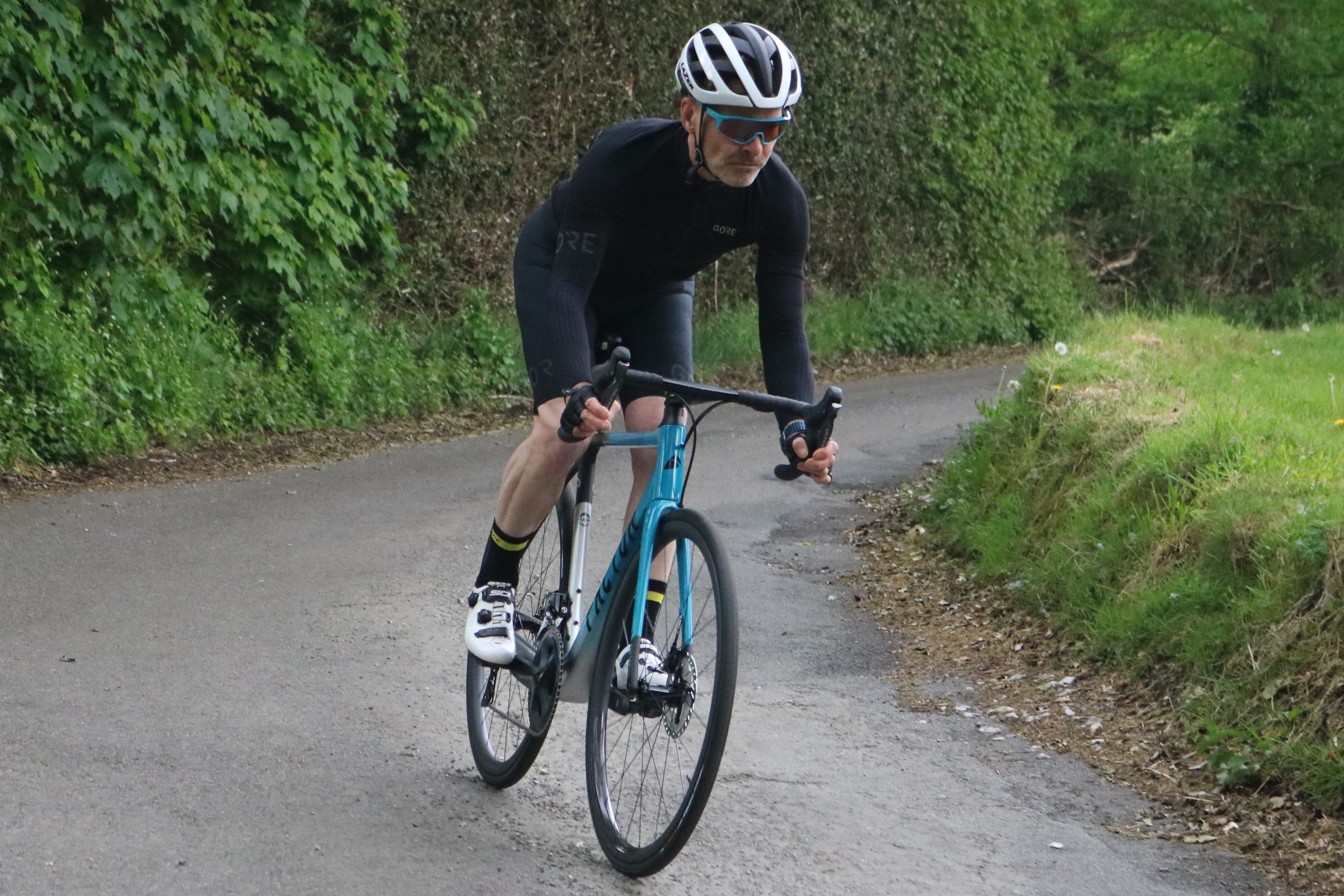How far can you ride an e-bike on a single charge?
For the majority of riders, the simple answer is “far enough not to worry”
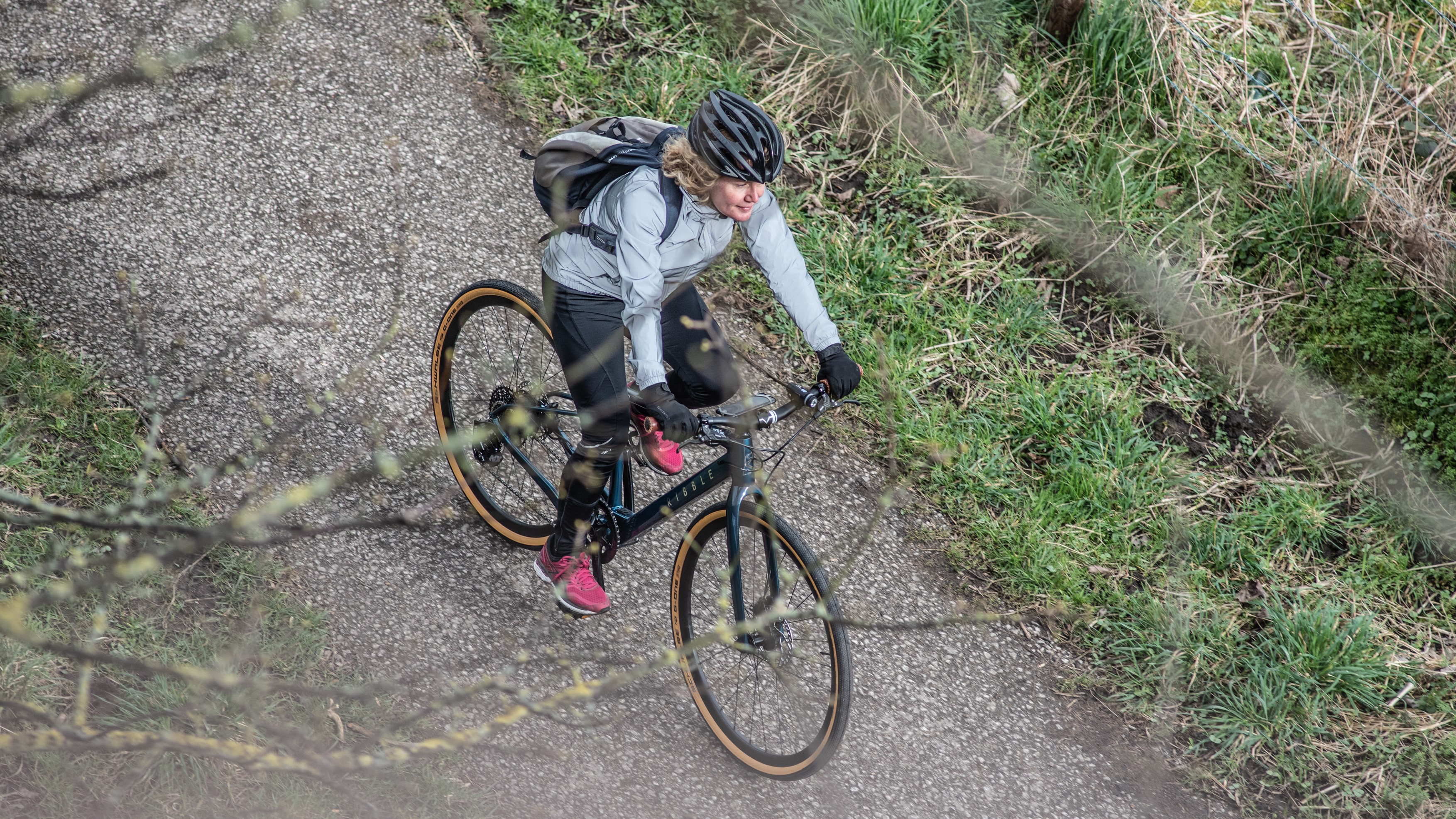

A common concern for people considering an electric vehicle - whether an electric bike or an electric car - is running out of charge and being stranded and unable to get home. That’s pretty unlikely on an e-bike though.
Here’s why.
You’ll get more than the theoretical range
The theoretical range of an e-bike is determined by the size of its battery and the power output of its motor. E-bike batteries typically start at around 250 watt-hours capacity and most e-bike motors are rated at 250 watts. So in theory in this case, if your motor was running at full power, it would drain your battery in an hour.
That’s enough time to cover up to 15 miles/24km, depending on how fast you ride. But in practice, there are good reasons why your range will be a lot greater than this.

Your e-bike matches its power output to your pedalling input
The latest race content, interviews, features, reviews and expert buying guides, direct to your inbox!
First, your e-bike motor will only work when you’re pedalling and will add extra power depending on how much effort you are putting in. It does this by measuring your power output and adjusting its own input to match.
That means that the motor is usually not working at its full capacity. Ride at over 15.5mph/25kph (or in the USA 20mph) and by law the motor must cut out completely. So it’s likely that for at least some of your ride the motor won’t be working at all, saving your battery.
Second, all e-bikes let you choose your assistance level. Dial it down on the flat and you’ll save battery. You can then up the assistance level when you get to an uphill, to help you reach the top. Such judicious use of the available assistance levels will increase range considerably.
Where you ride will affect your range
How much range you get will depend on your fitness level and ability to provide your own motive power. It’s also determined by where you’re riding - more hills will drain the battery quicker than a flat ride - and other factors like your weight and how windy it is.
It’s worth noting too that you won’t lose charge when you’re stationary, so you won’t come back to a flat battery if you stop during a ride or even overnight.

Select a lower assistance level and you'll increase your range considerably
A typical rider on a typical e-bike might expect somewhere around 60 miles/100km of range. That will be lower for some city and folding electric bikes, which often have smaller batteries to save weight.
Electric mountain bikes and some electric gravel bikes designed for off-road riding, like the Cannondale Topstone Neo Lefty, have more powerful motors and weigh a bit more than a hybrid or road electric bike, so their range will be correspondingly less, although they may have a larger battery to compensate.
Range extenders
Which brings us onto another option to increase your range: many electric bikes will allow you to fit an additional range extender battery. This typically sits in or replaces a bottle cage and will usually almost double the battery capacity and available range. This might increase available range to well over 100 miles/160km.

A range extender battery often mounts to a bottle cage and may double your available range
An electric bike will have a way to let you keep an eye on your charge level. Often that’s a bar-mounted display unit paired with the assistance level selector, but even in the most pared down systems like the popular Mahle ebikemotion motor, there’s a light that indicates residual charge level.
Once you get home, hook your e-bike up to the mains and it will be fully recharged in a few hours, ready for your next excursion. There’s minimal degradation in battery capacity over hundreds of charge cycles, so your e-bike shouldn’t lose significant range over time.
Many e-bikes have removable batteries, so there’s the option to keep a spare battery too, although these can be quite pricey to buy.
Plenty of tools to help
Almost all e-bike systems come with a companion smartphone app, which can be used to monitor charge level and range and often provides a lot of other battery management and navigation functionality. Many e-bikes have the option to mount your phone on your bars, so you can use the app as you ride.
Some e-bikes are even smarter. Tell Specialized’s Mission Control app how far or how long you want to ride and it will adjust the assistance level to ensure that you’ll have the range to get you home. The Mahle system gives you the option to control assistance level based on your heart rate, so you’ll only get maximum power from the motor when you’re working your hardest.
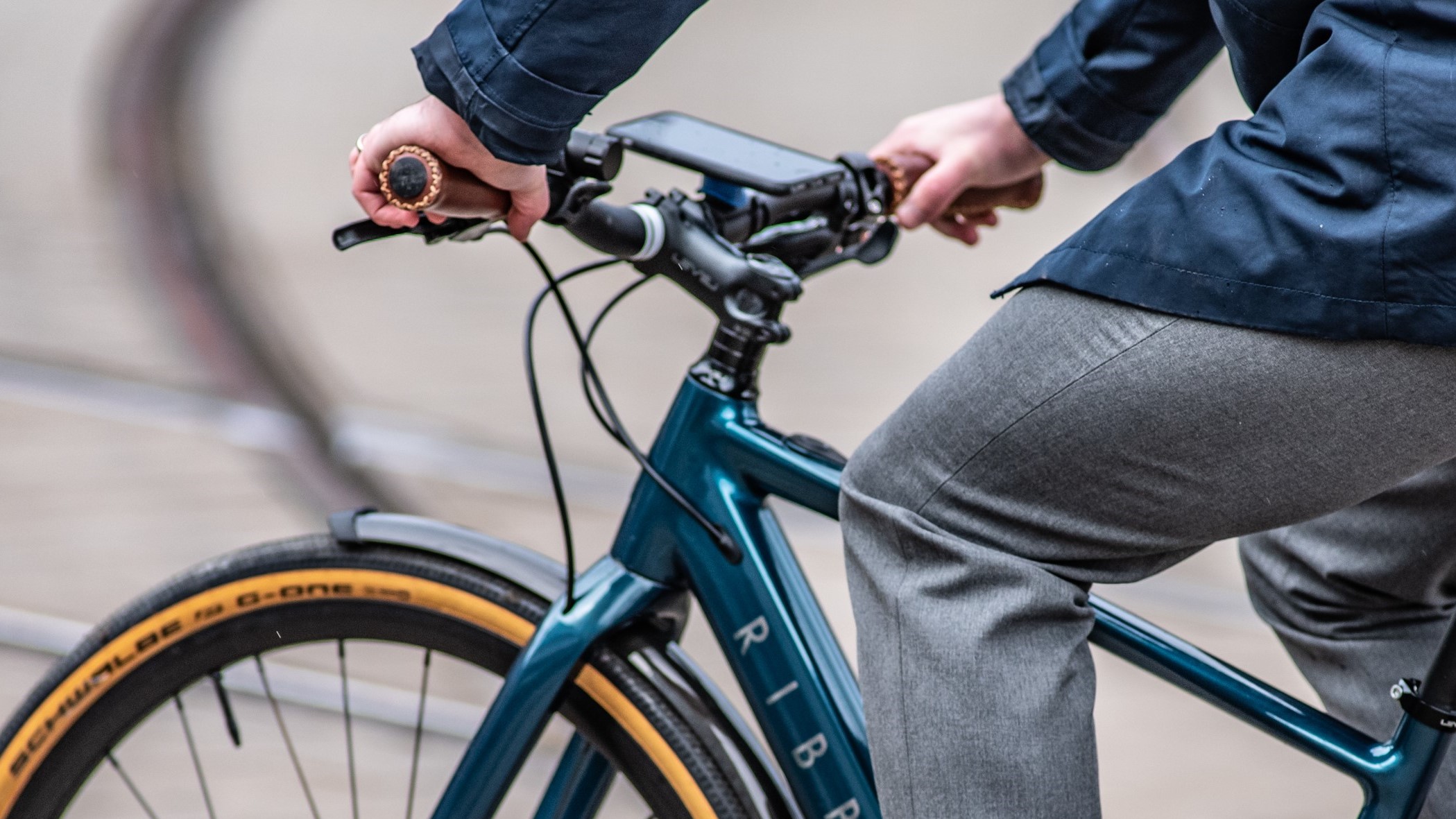
A smartphone app will give you lots of info as you ride
If you do find that your charge is beginning to run low, you can extend your range to make sure that you can get home by selecting a lower assistance level. You can even switch the motor off completely and ride unassisted, saving battery capacity for any hills you encounter later in your ride.
And with most e-bike systems, there’s minimal drag from the motor if you do ride with it switched off or if your battery were to go flat completely. An e-bike will weigh more than a conventional pedalled bike and there may be more rolling resistance if it has fatter tyres, but you should still be able to ride it home.

Paul started writing for Cycling Weekly in 2015, covering cycling tech, new bikes and product testing. Since then, he’s reviewed hundreds of bikes and thousands of other pieces of cycling equipment for the magazine and the Cycling Weekly website.
He’s been cycling for a lot longer than that though and his travels by bike have taken him all around Europe and to California. He’s been riding gravel since before gravel bikes existed too, riding a cyclocross bike through the Chilterns and along the South Downs.
-
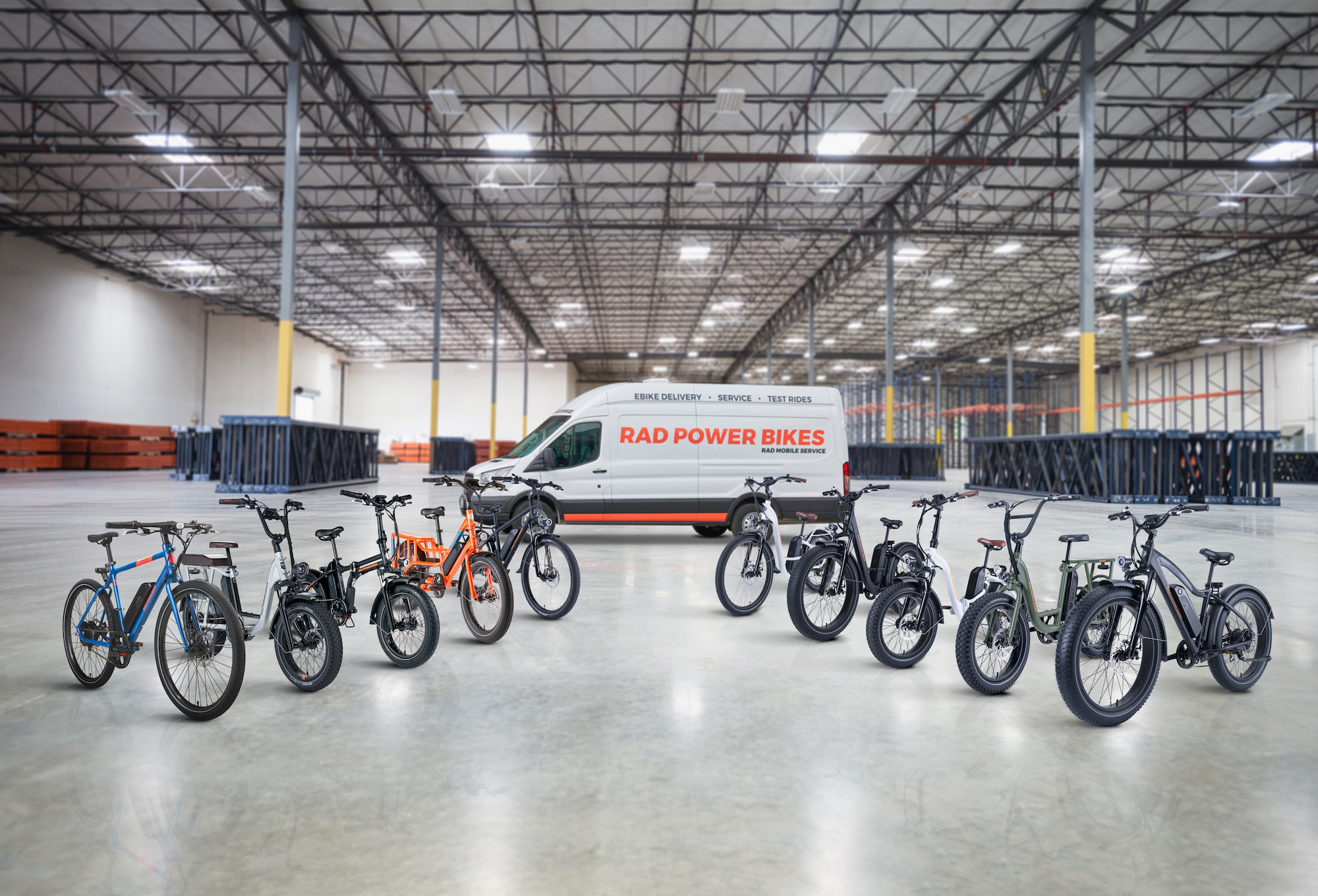 $73 million in debt and looking to sell: Rad Power Bikes files for Chapter 11 bankruptcy protection amid mounting pressures
$73 million in debt and looking to sell: Rad Power Bikes files for Chapter 11 bankruptcy protection amid mounting pressuresManagement aims to restructure its finances and sell the company within the next 45 to 60 days
-
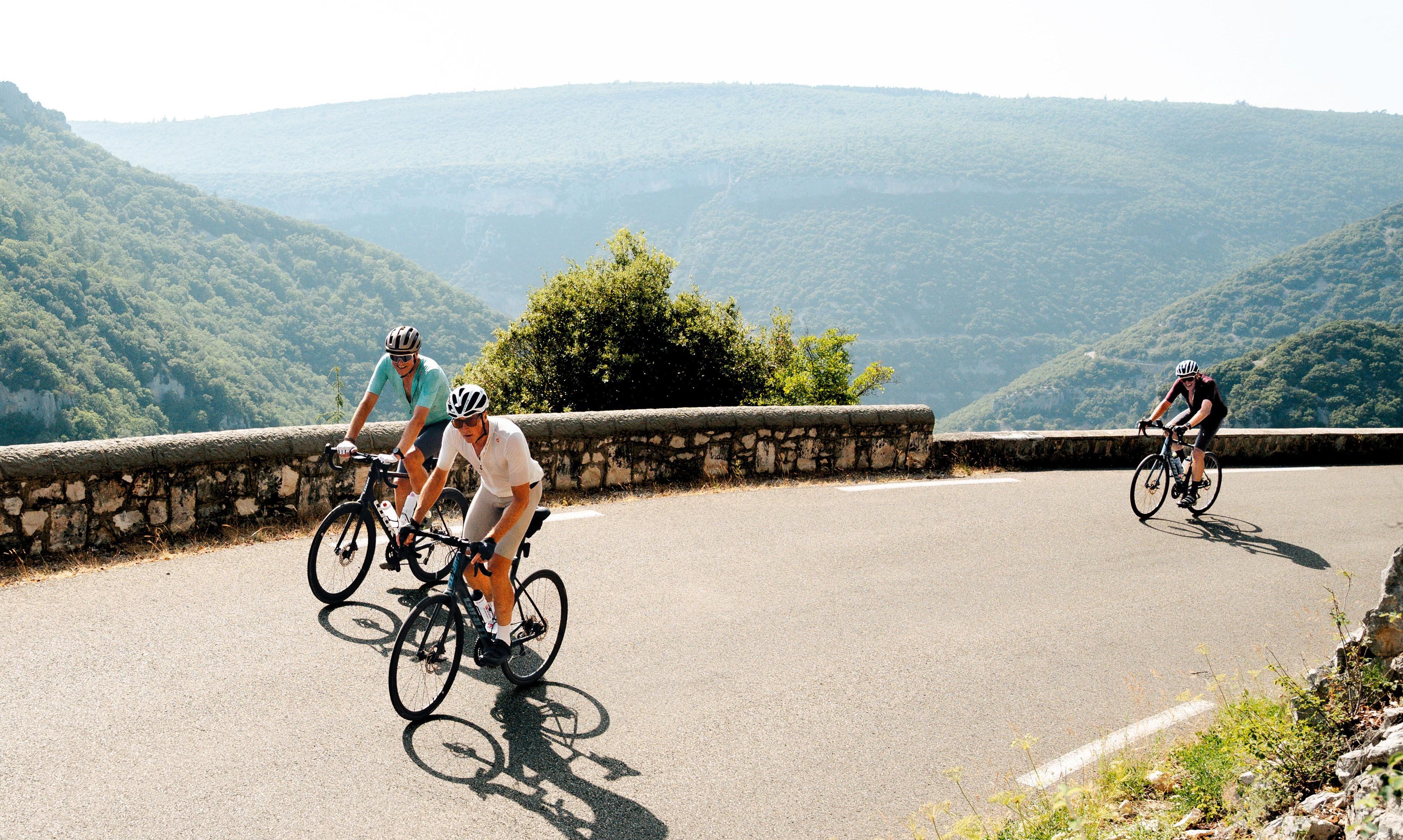 'We forged solidarity from steely determination and hot tarmac' – how three brothers came together again on a bike trip all the way across France
'We forged solidarity from steely determination and hot tarmac' – how three brothers came together again on a bike trip all the way across FranceDecades after growing apart, Simon Fellows and his brothers reunited to breathe new life into old bonds on a 1,000-mile ride across France
